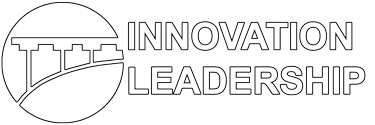
The Innovation Equation: I = C x PE x BM
Every successful innovator I know is immensely curious. As a result, they are able to see an unmet need that others have either ignored or dismissed.The reason for this common Innovation genesis goes back to what successful Innovators always do: they ask questions that reveal hidden opportunities…they sense and uncover “empty space”. Moreover, since “empty space” (unmet needs to be answered) exists throughout the Innovation Chain (C X PE X BA), innovators, their questions and their innovations come from throughout the Innovation Chain also. How do they start? Questions. Lots and lots of questions.
80% of Innovation is asking the right questions.
So, to help you out, I thought I would share a few of the Innovation Questions that we have discovered during our years of Innovation consulting.
Some Creativity Questions
-
What does not seem possible, but if it was possible could be a game-changer? (my personal favorite)
-
How can we stay longer in the “Conversation of the Possible” instead of the “Conversation of the Practical”?
-
How would the most creative person I know go about this? Ask them.
-
How is this opportunity like something else that looks very different? Air BnB/Dog Vacay.
-
What would this look like to someone completely new at this?
Some Process Excellence Questions:
-
What other company or industry has already solved this problem?
-
What are the critical few things that we must do to succeed?
-
If we could only improve one part of our process, what would it be?
-
If we could improve one additional part of our process, what would it be?
-
A third?
-
What are the critical parts of our process? If changed, what do they effect?
-
Are we measuring the right things? Lead or lag?
Some Business Model Questions
-
What do our stakeholders uniquely value that we are able to provide by either whatwe deliver or how we deliver it?
-
What societal trends exist now and in the future? How do we use that energy? GE calls this “sailing with the wind”.
-
What are unique needs our product satisfies for our customers? Harley-Davidson discovered it was “belonging”. Starbucks: “low-cost luxury”.
-
Are we designed, as a company, to deliver these outcomes every day?
-
What do our customers, or the competitor’s customers, complain about that can’t seem to get fixed?
As a leader, the most important part of this discussion is how it might focus your attention and the attention of others in a systematic way. Think of the equation and questions as the basis of a system…
